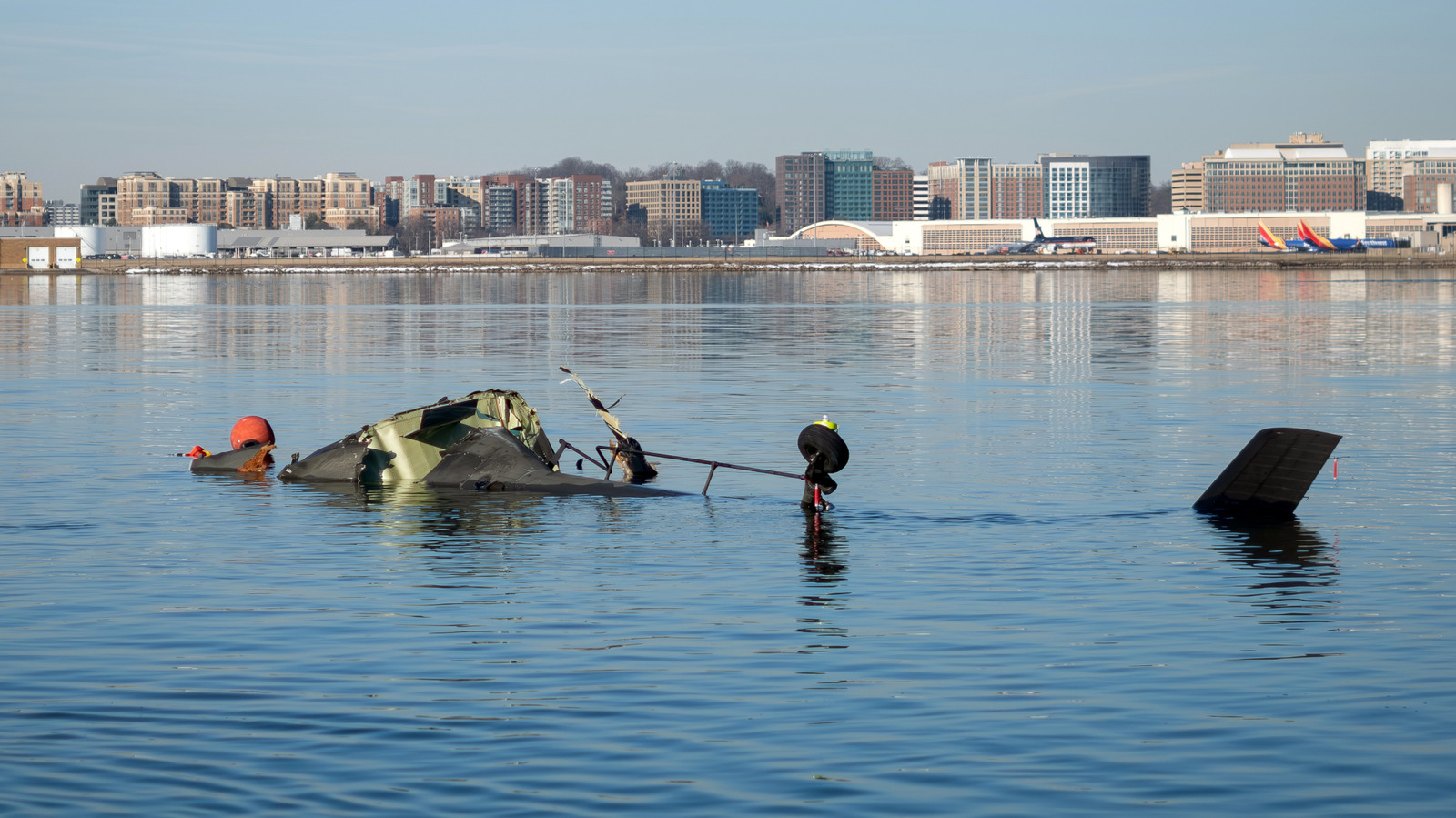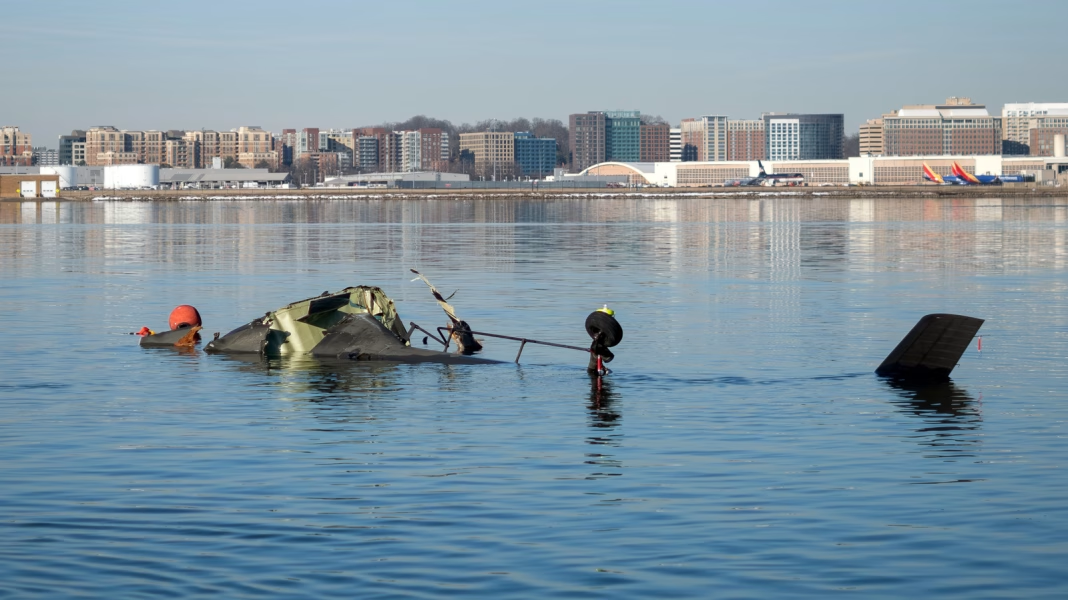Safety in the skies over Washington, D.C., is a hot topic right now, especially with the ongoing debates between legislators and the U.S. Army regarding helicopter flights. It’s a situation that has many residents and commuters looking up with a mix of curiosity and concern.
What’s Behind the Helicopter Controversy?
Recently, the U.S. Army has found itself in a bit of a pickle. After two aborted jet landings at nearby airports, safety protocols are being scrutinized more than ever. The Army has decided to pause helicopter training flights around the Pentagon, a move that’s stirring up quite the conversation. Why the sudden halt? It’s all about ensuring that safety measures are not just in place but are effective.
The Pentagon area is already a high-traffic zone, with a mix of military and civilian air traffic. The concern is that helicopter operations could add to the complexity, especially in an area where precision is crucial. The Army’s decision reflects a proactive approach to risk management, aiming to prevent incidents before they happen.
How Do Helicopter Flights Impact D.C. Residents?
For those living and working in D.C., the sound of helicopters is a familiar backdrop. However, the implications of these flights extend beyond just noise. Helicopters can pose risks not only to the airspace but also to the people on the ground. The recent incidents have raised questions about the safety of these operations, particularly in densely populated areas.
Residents have expressed mixed feelings. Some appreciate the military’s presence and the capabilities it brings, while others are concerned about the noise and potential hazards. It’s a balancing act between national security and community safety, and finding that sweet spot is no easy task.
What’s Next for Helicopter Operations?
As discussions continue, the Army is working closely with legislators to address safety concerns. This collaboration is crucial for developing guidelines that ensure both effective military operations and the safety of D.C. residents. The pause in training flights is a temporary measure, but it signals a commitment to re-evaluating protocols and making necessary adjustments.
The Army is also likely to explore alternative training methods that could minimize disruptions. This might include adjusting flight paths or increasing communication with local authorities to better coordinate operations. The goal is to maintain readiness while also respecting the community’s needs.
The Bigger Picture: Safety and Preparedness
This situation underscores a broader theme: the importance of safety in urban environments, especially those with significant military presence. As cities grow and air traffic increases, the need for effective communication and safety protocols becomes even more critical.
The big takeaway? Safety in the skies isn’t just about avoiding accidents—it’s about smarter adjustments and proactive measures. Whether you’re a resident, a commuter, or part of the military, everyone has a stake in ensuring that airspace remains safe and secure. So, keep an eye on the skies, and remember: every change, no matter how small, can lead to a safer environment for all.


